Baseball

Shortstop (SS)
Shortstop, abbreviated SS, is the baseball or softball fielding position between second and third base, which is considered to be among the most demanding defensive positions. The position is mostly filled by defensive specialists, so shortstops are generally relatively poor batters who bat later in the batting order, with some exceptions. In the numbering system used by scorers to record defensive plays, the shortstop is assigned the number 6.
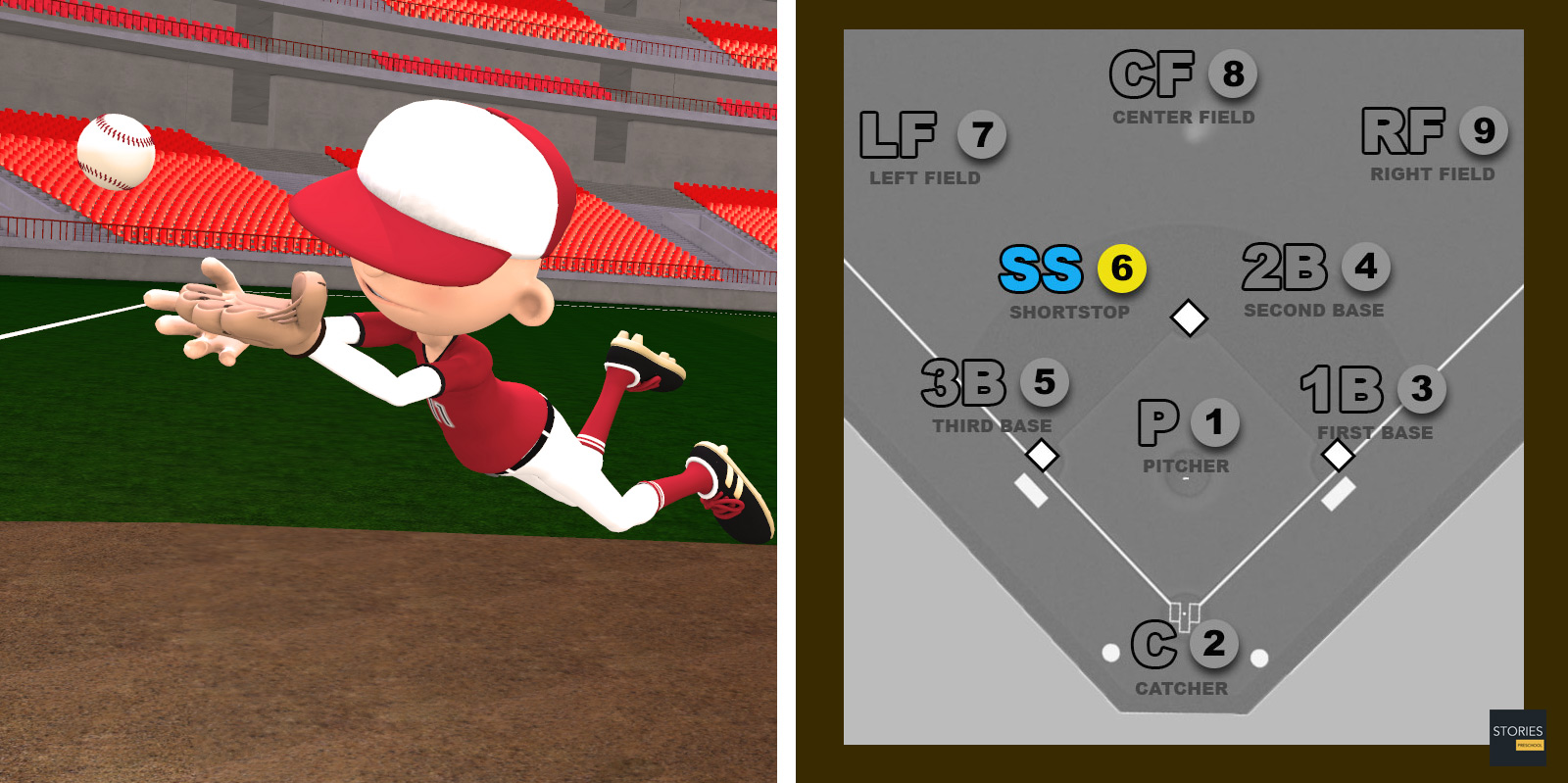
More hit balls go to the shortstop than to any other position, as there are more right-handed hitters in baseball than left-handed hitters, and most hitters have a tendency to pull the ball slightly. Like a second baseman, a shortstop must be agile, for example when performing a 4-6-3 double play. Also, like a third baseman, the shortstop fields balls hit to the left side of the infield, where a strong arm is needed to throw out a batter-runner before they reach the safety of first base.
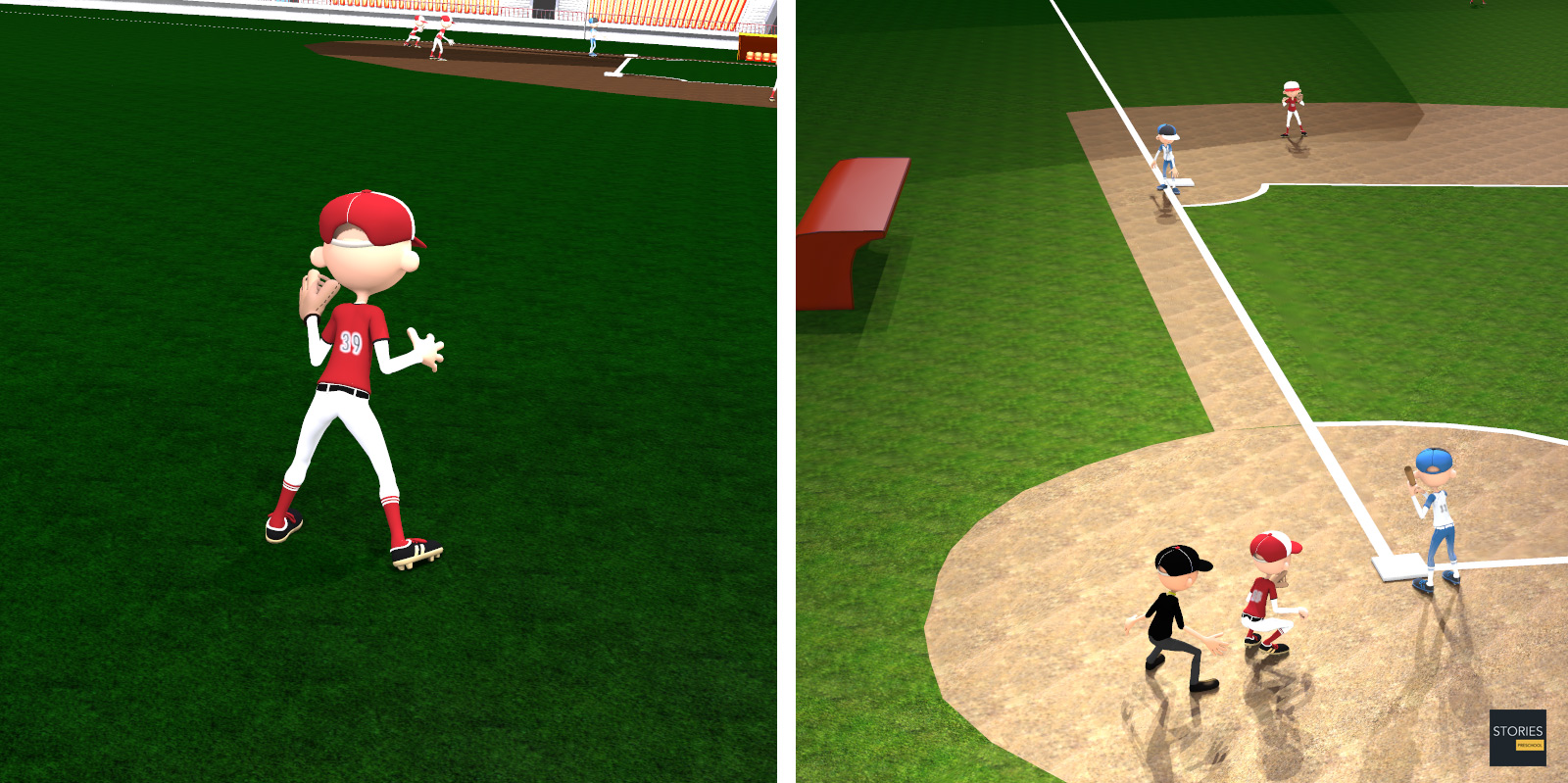
History
Doc Adams of the Knickerbockers created the concept of the shortstop position, according to Thorn and Baseball Hall of Fame researcher Freddy Berowski. In the first five years the Knickerbockers played, the team fielded anywhere from eight to eleven players. The only infielders were the players covering each of the bases; if there were more than eight players, extra outfielders were sometimes used. The outfielders had difficulty throwing baseballs into the infield, because of the balls' light weight. Adams' shortstop position, which he started playing at some time from 1849 to 1850, was used to field throws from the outfielders and throw to the three infielders. With the advent of higher-quality baseballs, Adams moved to the infield, since the distance the balls could travel increased. Adams had a long playing career with the Knickerbockers: he remained a player with the team until 1860.
Positioning
Unlike the pitcher and catcher, who must start every play in a designated area (the pitcher must be on the pitcher's mound, with one foot in contact with the pitcher's rubber, and the catcher must be behind home plate in the catcher's box) the shortstop and the other fielders can vary their positioning in response to what they anticipate will be the actions of the batter and runner(s) once the play begins.
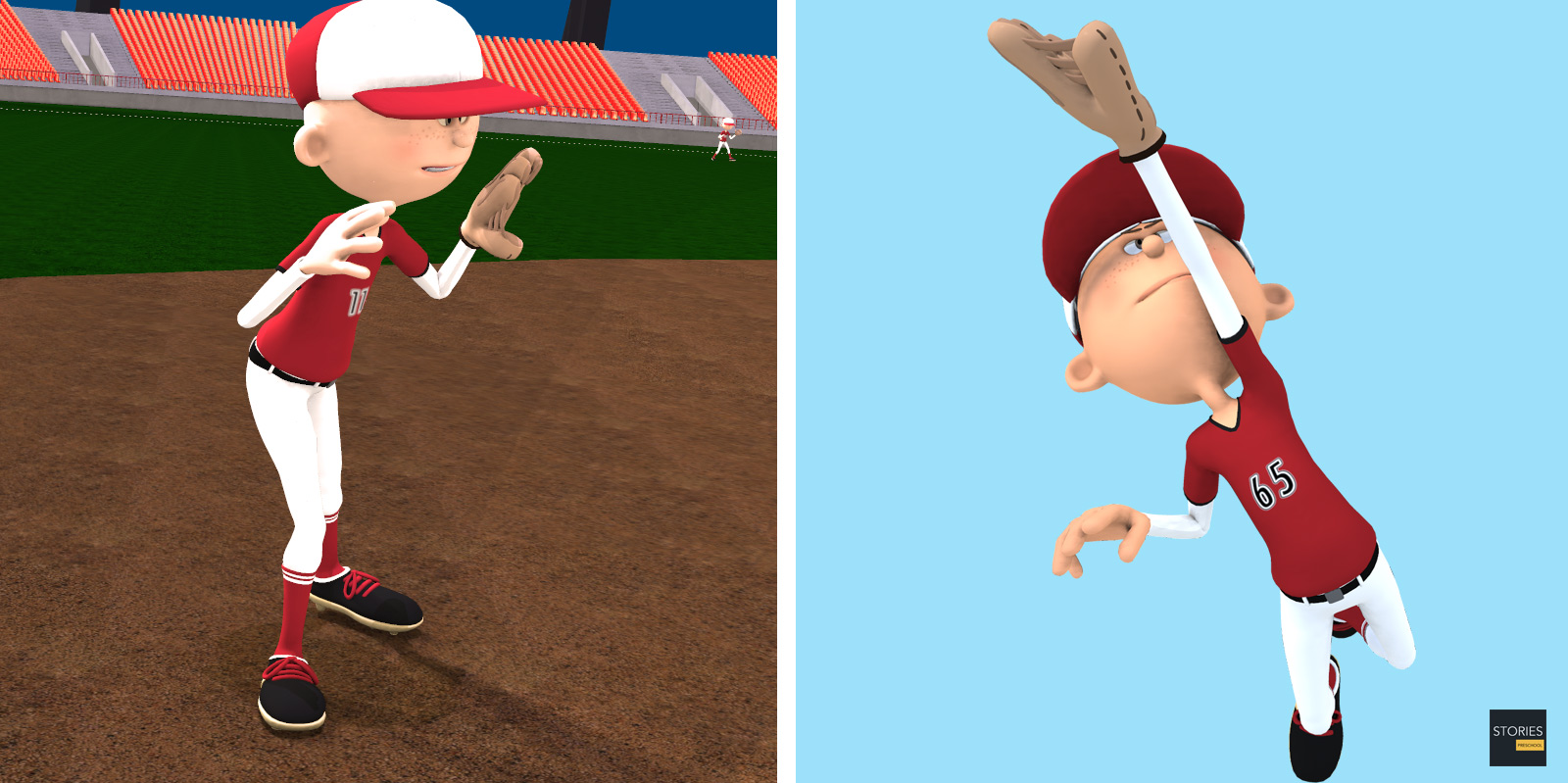
The shortstop ordinarily is positioned near second base on the third-base side. Because right-handed hitters tend to hit the ball more toward third base, a shortstop will generally move closer to third base if the batter is batting right-handed, and more toward first base if the batter is batting left-handed. A shortstop typically has a strong throwing arm, because he has a relatively long throw to first base, and often has less time in which to make a throw, given that the ground balls he fields have often traveled relatively far. A shortstop must also be extremely agile, because balls hit to or near the shortstop position are usually hit harder than to other infield positions.
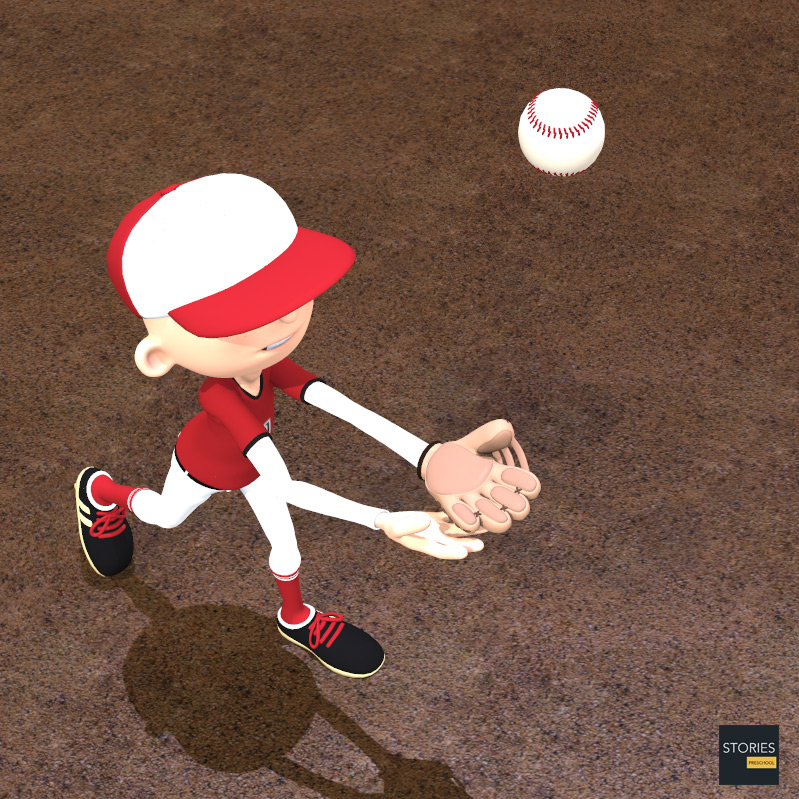
Shortstops are required to cover second base in double play situations when the ball is hit to the second baseman or first baseman. They also cover second when a runner is attempting a stolen base, but only when a left-handed hitter is batting. This is because the infield will respond to a left-handed batter by shifting toward first base, resulting in the shortstop being the infielder who is closest to second base. Shortstops also must cover third at various times, including the rotation play; the latter occurs when there are runners on first and second and a sacrifice bunt is attempted toward third base, requiring the third baseman to move in away from third base in order to field it.
Shortstops generally are given precedence on catching pop-ups in the infield as well, so they end up calling off other players many times, although on deep pop-ups they generally fall back when called off by an outfielder. They often become the cutoff man on balls to any part of the outfield that are being directed towards third base and all balls to left and center field that are destined for second base. Depending on the system the shortstop may cut balls from left field heading home; however, this is usually the job of the third baseman.
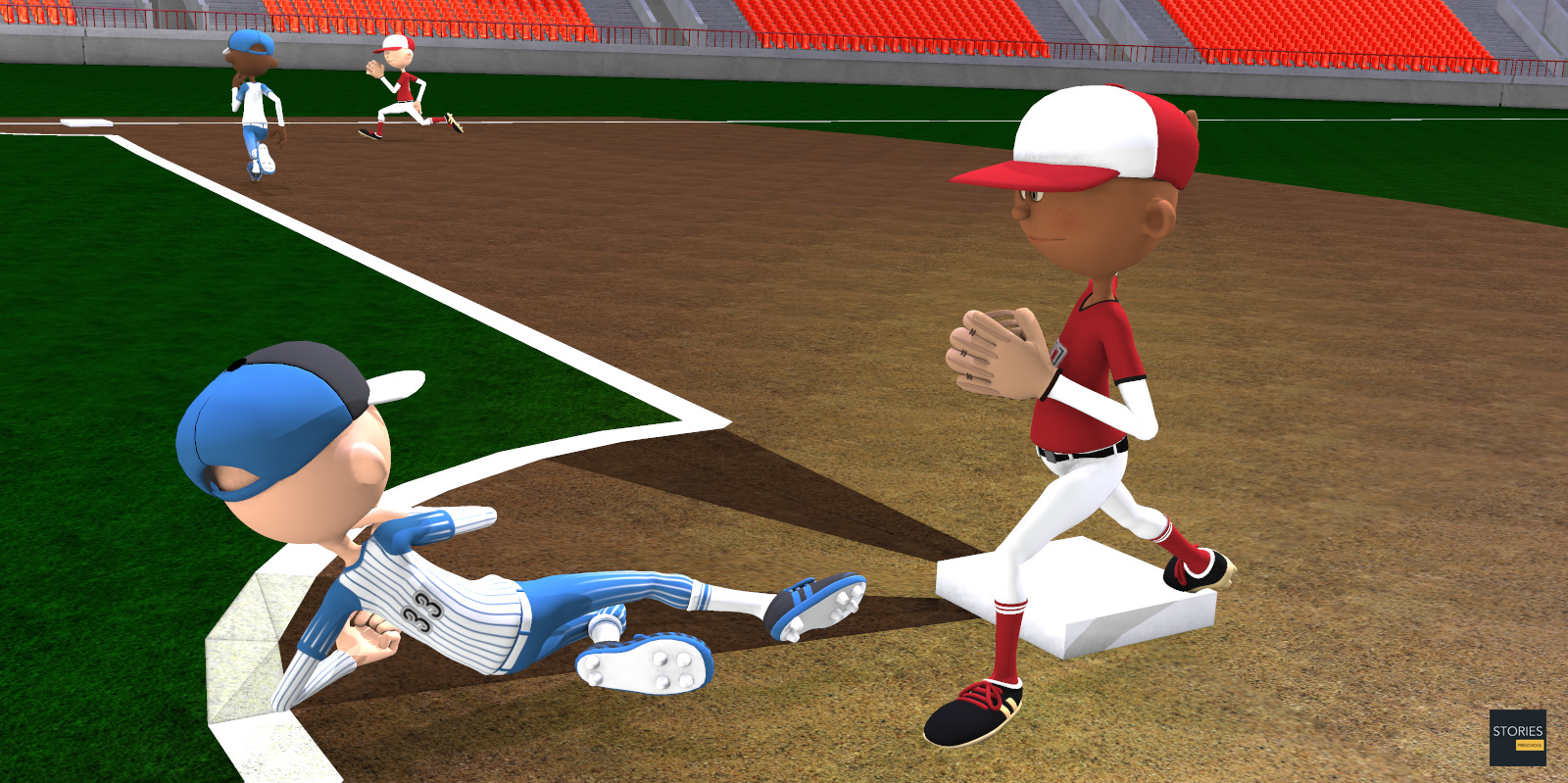
The emphasis on defense makes the position unusually difficult to fill. Historically, a strong shortstop did not have to be a good hitter. Some of the weakest hitters in Major League Baseball have played the position, including Mario Mendoza, for whom George Brett popularized the eponymous Mendoza Line to describe a batting average below .200. Since the 1960s, however, such mediocre hitting has become rarer as teams increasingly demand players with ability to both field and hit.
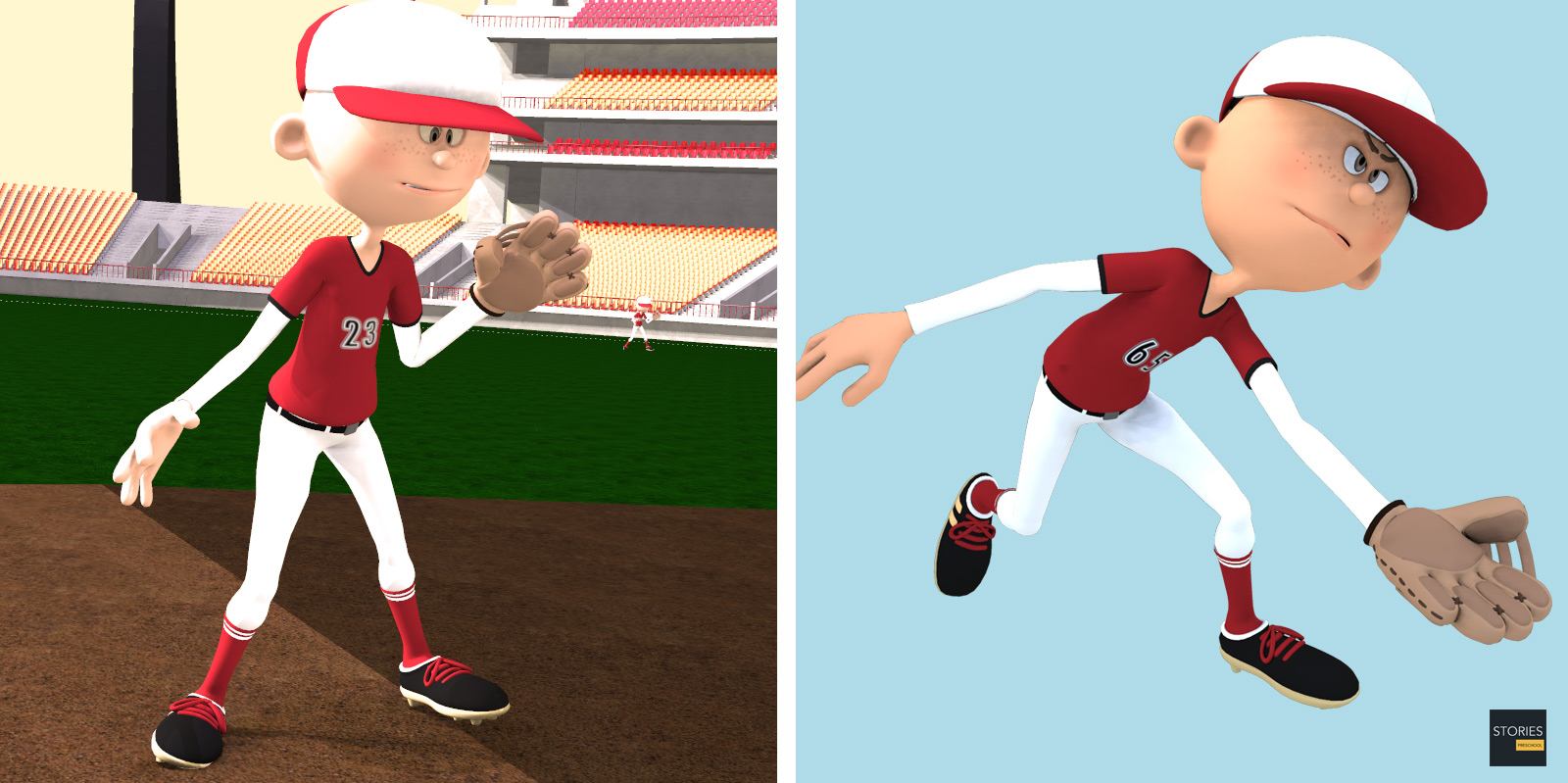
In practice, a marginal fielder as a shortstop who hits well can be moved to almost any other position, especially second base or third base, whether early in their careers or later due to diminished fielding range, slower reflexes, weaker throwing arms, increased risk of injury, or co-existence with another dominant shortstop.
SPORTS

RESOURCES
This article uses material from the Wikipedia articles "Baseball" and "Shortstop", which is released under the Creative Commons Attribution-Share-Alike License 3.0.
© Stories Preschool. All Rights Reserved.












